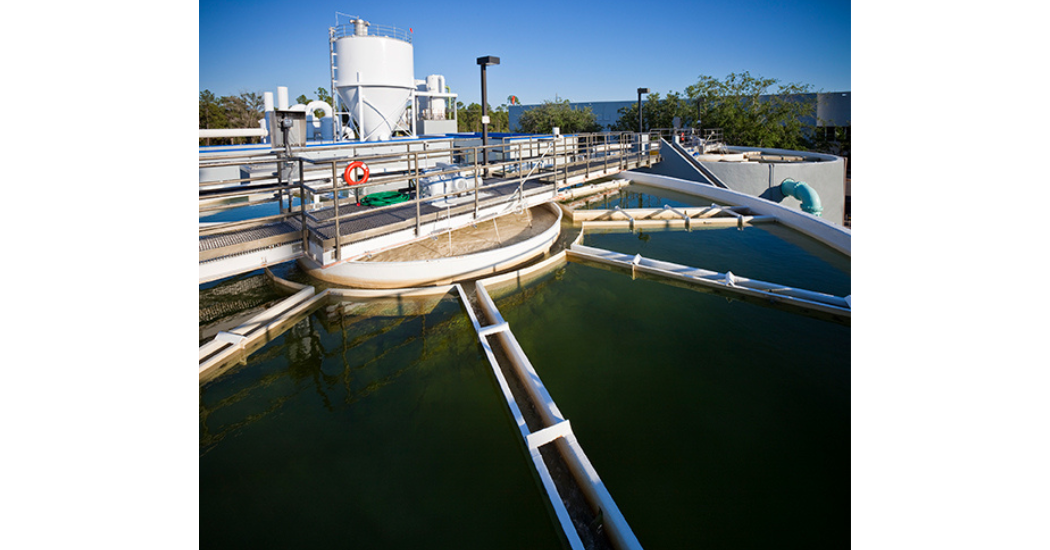As organizations look for ways to increase efficiency and reduce costs, Industry 4.0 continues to gain traction. The pace of digital transformation is accelerating rapidly as companies rush to digitize every aspect of their business.
However, when it comes to some asset-intensive industries, such as water & wastewater power generation, mining, and chemicals, it’s cost-prohibitive and simply not realistic to try and immediately modernize every aspect of their legacy infrastructure. Instead, these industries should adopt an incremental approach to digital transformation and focus first on initiatives that increase uptime and reliability. With the impact of the pandemic further reducing operating budgets, this pragmatic approach is the only viable option.
At the heart of this streamlined approach is identifying those assets that require digitization and would provide the greatest impact on uptime and reliability.
Below is a four-step process to help guide digital transformation efforts.
- Have a clear vision: Before undertaking any initiatives, you need a vision for how industry 4.0 will change how you operate. For example, a practical end goal for heavy asset organizations could be shifting from a preventive to a predictive maintenance philosophy. Digitally transforming is a lengthy and complex undertaking, and so it pays to wait for stakeholders to be aligned before attempting to start on this journey.
2. Determine the impact: The next step is to evaluate the technologies based on the impact and payback. With some asset-intensive industries lagging behind other sectors in terms of technological adoption, there is an opportunity to learn from others and the pitfalls to avoid. Organizations should tap into the stakeholder ecosystem as their collective knowledge is invaluable and could help inform and shape their transformation efforts. During this phase, organizations should identify initiatives that improve plant uptime and reliability and where there is a low-cost, high impact outcome, such as upgrading legacy instrumentation to electronic.
Organizations must not rush to integrate the latest AI and ML solutions, as these technologies are not the panacea for every problem. Instead, heavy asset organizations should judiciously adopt AI only when they know how to apply the data from these assets (e.g., predictive maintenance)
3. Build a roadmap: Defining a realistic timeline and sequence of activities is next. Don’t try to transform everything at once; instead, prioritize equipment with minimal data capturing abilities but where a low cost/risk investment could deliver maximum impact. Additionally, prioritize high-risk equipment like a turbine in a power generation plant that, if it fails, has a ripple effect on other processes and could potentially result in an unplanned shutdown.
Consider upgrading legacy equipment like process instrumentation with wireless technologies as a more practical approach than implementing the latest innovations such as industrial augmented reality platforms.
4. Run a pilot project: Choose an application with a high chance of success to validate the impact of the transformation on the business. Having a successful project with a clear and measurable impact helps achieve buy-in across the organization. This is often an underrated aspect of digital transformation and helps avoid situations where operators don’t support the change and don’t use the new technology despite the investment.
An example of a successful project with a clear ROI is upgrading wired gas detectors with a wireless option. Plants can carry out a controlled release of gas in a test zone to evaluate the effectiveness of detection coverage. A resource comparison can then analyze the time and cost savings.
Once organizations have gone through these four phases, they should start scaling their digital transformation efforts. With reduced operating budgets, the new normal, the challenges facing heavy industry as they try to upgrade their aging infrastructure can be daunting, coupled with the enormous number of assets, locations, and processes that need to connect to work together. However, taking a practical approach to Industry 4.0 is not only a viable path for digital transformation but an impactful one as well.
 David Wilbur, General Manager & Chief Technology Officer, United Electric Controls
David Wilbur, General Manager & Chief Technology Officer, United Electric Controls
David Wilbur is the General Manager and Chief Technical Officer of United Electric Controls. Dave joined United Electric in the year 2000 and has held various technical and leadership positions within the organization. Dave has 35 years’ experience in the design and manufacture of embedded instrumentation. He holds a bachelor’s and master’s degree in electrical engineering from Worcester Polytechnic Institute. https://www.ueonline.com/
Originally published on Industry Today





Comments